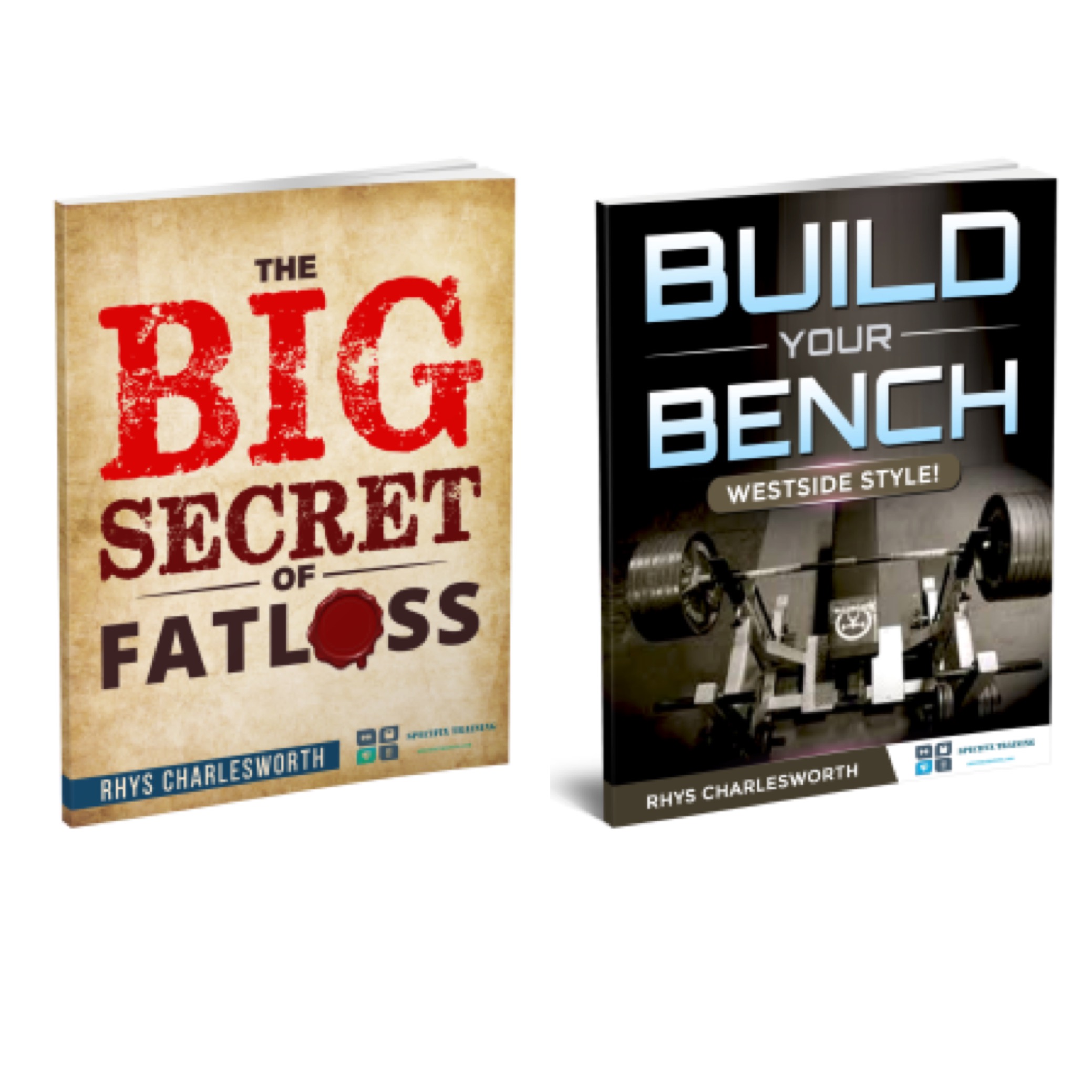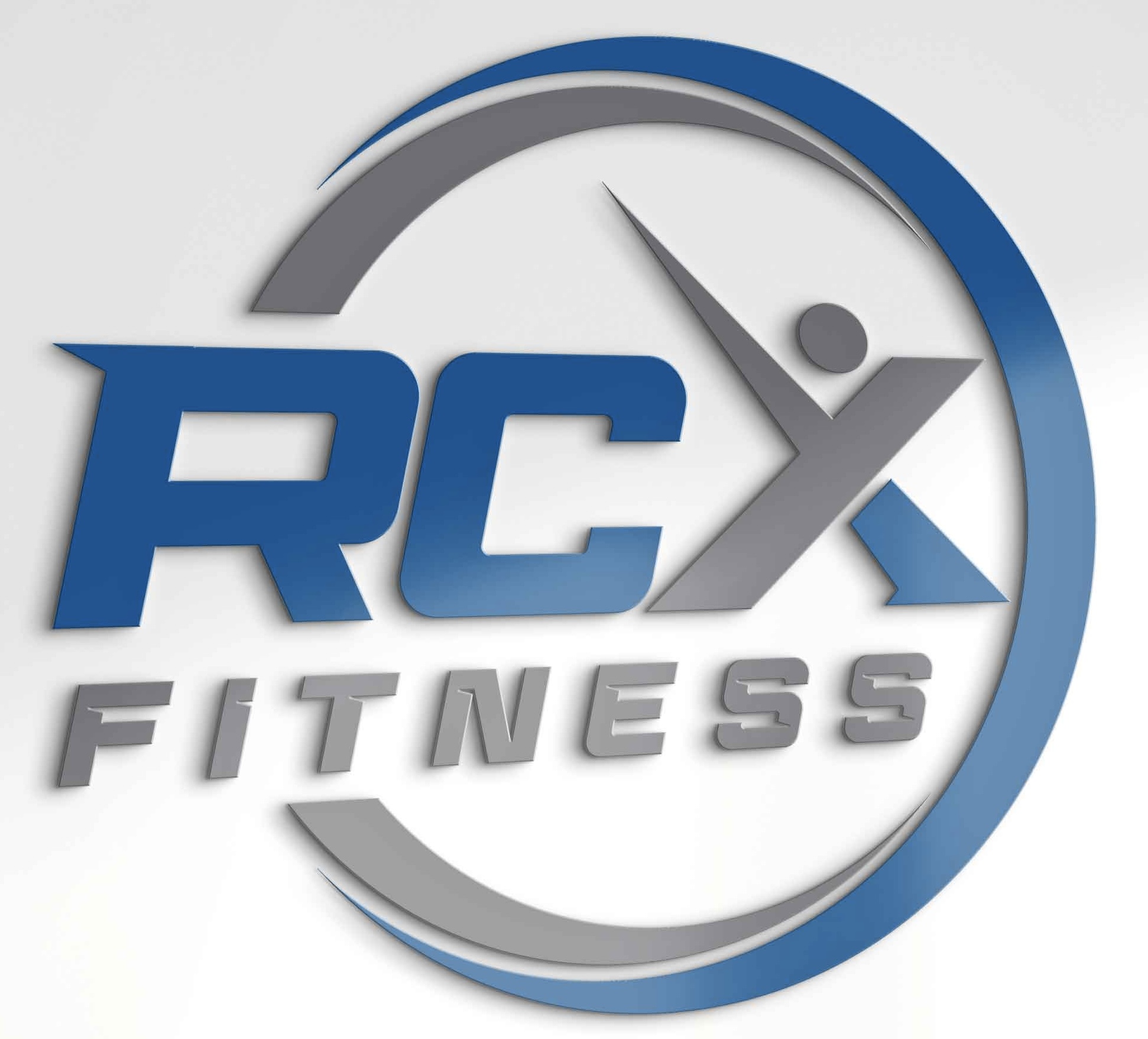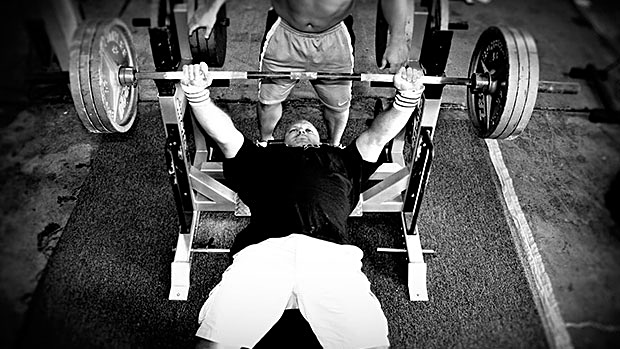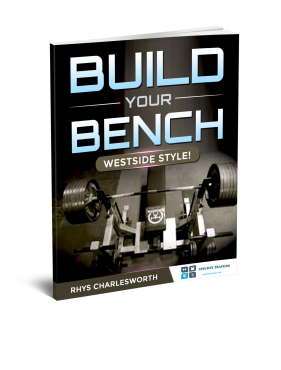3 Mind Hack to Keep Your Motivation to Lose Weight
Keeping yourself motivated is hard. Some days your motivated as hell and you can’t wait to hit the gym and destroy your workout. And others its damn hard to even get up off the sofa, let alone track your nutrition.
Motivation is all about perspective, Your perspective to be exact.
What has Perspective got to do with it I hear you say.
Well, let’s say your 4 weeks into your diet and you’ve lost 4 pounds. If you look at that and think to yourself that 4lbs is terrible and you should have lost more especially with the work you have put in. That is a perspective which almost demonises the results you have achieved.
In reality, you are smashing your fat loss. Having changed your eating habits and sustainably dropping fat.
Your Normal!
Let’s say your exercising 5 days each week, and eating healthy foods but you’re staying the same weight.
Or the scales keep on telling you that you haven’t lost any weight.
If you feel that’s all is lost or “what’s the point”, then that’s ok. It’s totally normal to feel this way.
You see it IS possible to create weight loss motivation. Whether you have never had any motivation or struggle with it is possible to use strategies to help generate it.
I’m going to give you 3 mind-hack methods which can help you ignite your motivation and get everything rolling for you again.
#1 F**k the Scales
Now this may sound like blasphemy in the weight loss world, and the title is perhaps a little misleading. But it is important you do not put all your eggs in one basket so to speak.
Have you ever popped on the scales excited to see a huge drop in weight because you’ve had a really good couple of weeks, only to see that the scales have barely budged and though ‘Screw this, I quit!’?
Each time you look at the scales and the numbers say the same thing day in day out, it can really demotivate you.
What you need to do is learn ‘Scale language’.
‘WTF is That?’
Scale Language is what may stop you understanding real progress and even shadow the great progress you are making.
In other words, the numbers on the scale are not everything.
Some people say not to weigh yourself at all, but in reality weighing yourself can help you keep track progress and even help maintain a healthy bodyweight.
The scale is a useful tool for fat loss and is simply that, a tool. If used in the most optimal way it can play a big part on your motivation.

My online coaching client Matt had struggled to get the body he wanted. He had been overweight for years. After getting into a much better shape, he came to me to help him push himself further than He had ever done before. Learning to speak scale language was part of the battle. Following the coaching I laid out was key to getting himself where He wanted to be.
Scale Language #1
The scale will NOT go down every day or week
It just won’t.
The scale will fluctuate up and down no matter how on point you are with your nutrition.
Expecting it to drop every day is a sure-fire way to drive yourself nuts, lose motivation and quit. Weight loss is not linear, and shouldn’t be compared day-in day-out as really this means zilch.
Instead comparing every 2 weeks will give you much more measurable numbers. Making sure you compare Monday of week 1 with Monday of week 3, and Monday of week 2 with Monday of week 4 etc. I’ve put together a little chart (below) to help you understand.
|
Week 1
|
Week 2 |
Week 3 |
Week 4 |
| Monday
(A) |
Monday
(B) |
Monday
(A) |
Monday
(B)
|
Generally speaking, you should see a downward spiral on the scale every 14 days.
The best way is to calculate an average over a month (4 weeks), that way we can see our progress for real. We would hope to see a downward trend of around 0.5-2lbs weekly depending on the individual.
Anything within this range is optimal and means that your smashing it.
Scale Language #2
One good day of dieting does not mean you will lose weight the next day
This is just how the body works. I always have been say to me “Ive been really good the last 2 days, I’ve hit my Calories but I wasn’t any lighter today!”. I simply say to them that Rome wasn’t built in a day. What I mean is that it takes more than just two good days.
Expecting it to work this way for you is a sure fire way to eat away at your motivation until you quit.
Weight loss takes time, it takes more than just 1 or 2 good days to make a difference on your weight loss. As long as you are aware of this you will keep your motivation sky high. Just be patient.
#2 It is Impossible to Screw up your diet
Its true I promise.
Right now I bet your thinking ‘I can give you 1 million and 1 ways I could screw up my diet’.
It is very common for people to feel like they have completely trashed their diet if they eat a single ‘bad’ piece of food. But let me tell you that this perception is not necessarily true. I have said many times to my clients and people who message me, you will never ever get fat by eating one doughnut, or a slice of birthday cake or whatever.
Lets look at a scenario. You go out with some friends on a Saturday night and you down a few beers, eat a few too many slices of pizza and maybe you go through a tub of Ben & Jerrys (phishfood of course).
You have two ways to think about that.
Mindset 1: “Ive blown my diet, all the hard work I have put in is now pointless. I’ve gone way over my Calories, I might as well eat the rest of this bar of chocolate and indulge over the weekend!”
Or
Mindset 2: “Wow, that was a great night. I’ve probably gone way over my Calories but I know as long as I jump straight back into my diet I know I’ll keep on dropping body fat!”
You see, if you have a day where you’ve gone a little bit off track, you have most definitely not screwed up your diet. You simply need to get back on track as quickly as possible.
2# You Are Always Just One Meal Away From Getting Back On Track
I have said this many times, to many people. It’s completely true and something I always point out when people tell me they have ‘failed’ on their diet.
You really Can’t screw up your diet, I don’t care if you’re eating ice cream, pizza, cupcakes or fast food, saying that your have is just an excuse. An excuse so you can carry on eating like crap, you see its far easier to quit and say you’re a failure than it is to believe in yourself and succeed.
The choice is yours, either carry on eating crap food and never get back on track, or get back on track with that one meal which will get you headed in the right direction. You see it doesn’t matter if your eaten some ‘bad’ food, as long you get back on track you will continue making progress.
#3 Think of weight loss like saving money
Looking at your savings at the start can be a little depressive, to see how little there is in there.
You gradually ad in a little more each time you get your paycheque, but you continue to do this month in month out over a period of a few years.
Then one day you look a t your savings, and you see how much money you’ve saved over the period of time you’ve done it for. You feel a great sense of achievement and even proud of yourself for doing it.
You see weight loss is much the same.
At first you look at your weight loss in the first couple of weeks and it is little, you feel like there is nothing. You haven’t lost anything or at least very little maybe 0.5lbs, but that’s the first week. At week 30, that’s 15lbs!
Losing body fat and improving your body composition is a game of patience, it isn’t something that happens overnight, or a week or even a month. Significant fat loss happens after being consistently in a Calorie deficit over a series of months. Just like saving money where you will be able to save a little more than in other months, some months you will lose more fat than others.
This is 100% normal, I promise.
Being consistent with your nutrition is the ONLY way to be healthy and drop body fat.
Be patient and I promise that those scales will go down, you will look and feel better.
Want To Learn the BIG Secret of Fatloss and build a sustainable diet which actually works?
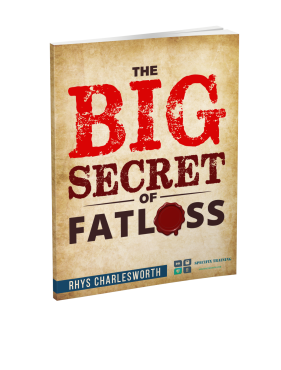
‘The Big Secret of Fatloss’
Drop your details below and I will send them over ASAP!
